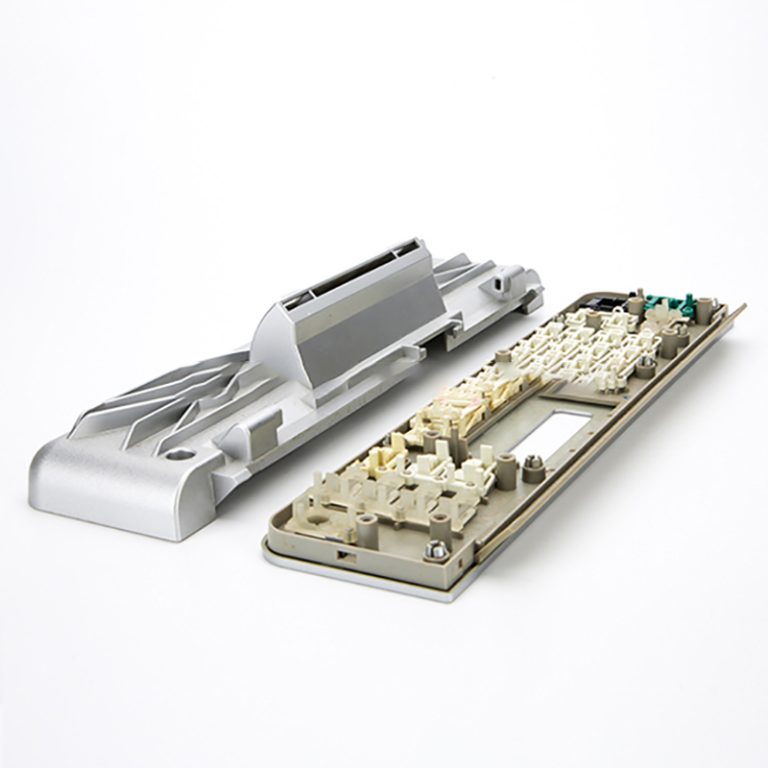It sounds like you’re interested in structural foam molding, particularly in the context of an adjustable hand trolley. Let’s break down what this involves:
Structural Foam Molding:
1.Process Overview:
2.Injection Molding: Structural foam molding is a type of injection molding process where a chemical blowing agent is mixed with the base resin. When injected into the mold, this mixture expands and creates a cellular structure within the part.
3.Low Pressure: Unlike traditional injection molding, structural foam molding operates at lower pressures, making it suitable for large, thick-walled parts.
4.Materials: Common materials used include polyethylene (PE), polypropylene (PP), and polystyrene (PS), among others, depending on the specific application requirements.
5.Benefits:

6.Strength: Structural foam parts exhibit high strength-to-weight ratios due to the cellular structure, making them suitable for load-bearing applications.
7.Lightweight: The foam core reduces material usage without sacrificing strength, which is beneficial for applications where weight reduction is critical.
8.Cost-Effective: Lower material and production costs compared to solid parts due to reduced material usage and shorter cycle times.
9.Design Flexibility: Complex shapes and intricate geometries can be easily achieved through structural foam molding.
Adjustable Hand Trolley Application:
Now, applying this to an adjustable hand trolley:
10.Components:
11.Frame: The main frame of the trolley can be made using structural foam molding. This provides the necessary strength to support varying loads while keeping the trolley lightweight for ease of maneuverability.
12.Handles and Supports: Structural foam can be molded into ergonomic handles and supports that are comfortable to grip and provide structural integrity.
13.Adjustable Mechanism: The mechanisms for adjusting the height or configuration of the trolley can incorporate structural foam components for durability and ease of operation.
14.Advantages:
15.Weight: Structural foam molding helps in reducing the overall weight of the trolley, which is advantageous for users needing to move it frequently.
16.Durability: The cellular structure enhances impact resistance and durability, ensuring the trolley can withstand rough handling and varied environmental conditions.
17.Cost Efficiency: Lower production costs and potentially longer service life compared to trolleys made from solid materials or other molding processes.
| Weight Reduction |
| High Strength-to-Weight Ratio |
| Cost Savings |
Conclusion:
Structural foam molding is a versatile manufacturing process that combines strength, lightweight properties, and cost-effectiveness. When applied to an adjustable hand trolley, it enables the creation of durable, lightweight components that meet the demanding requirements of commercial and industrial use. If you have more specific questions or need further details, feel free to ask!




